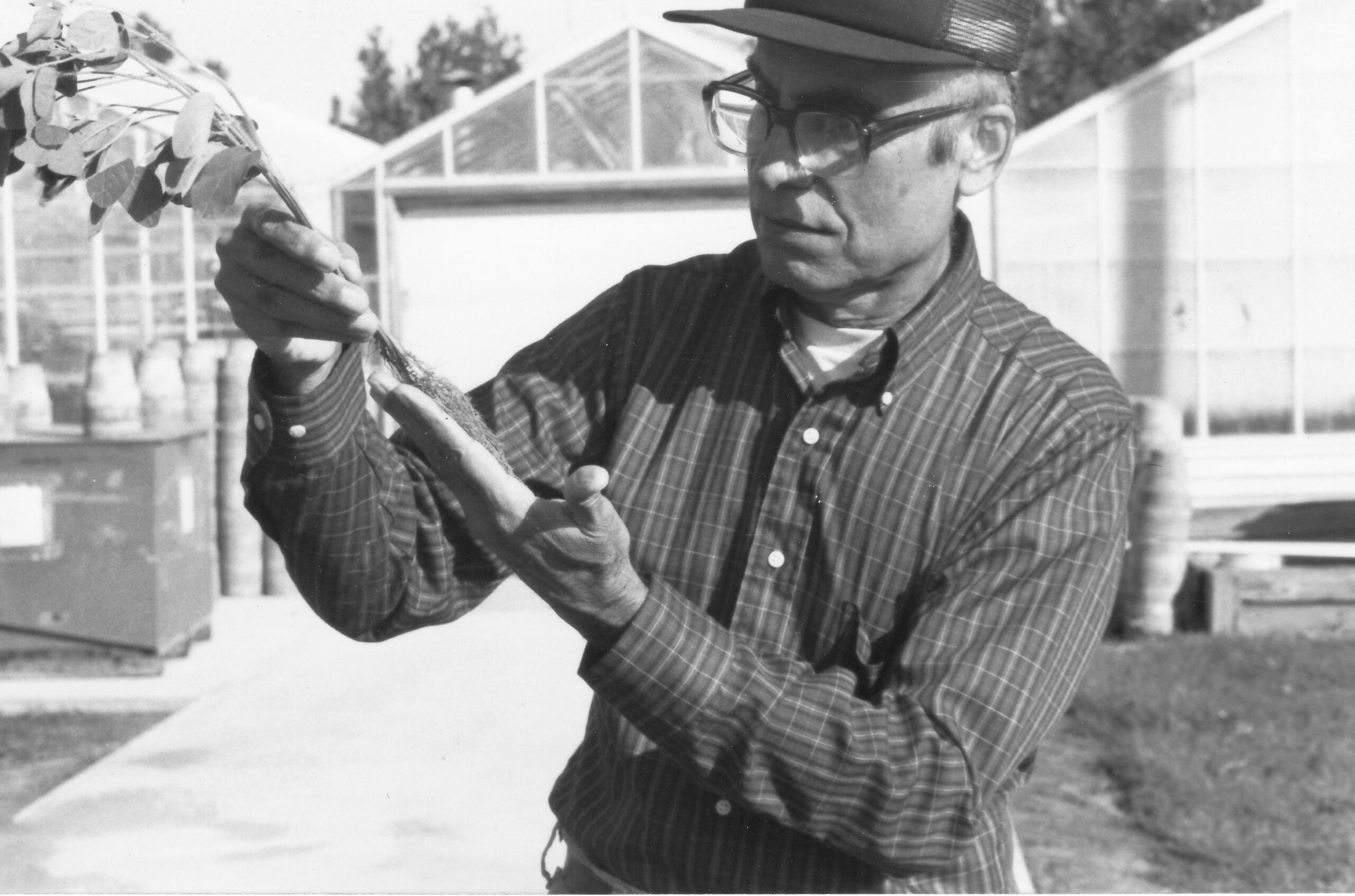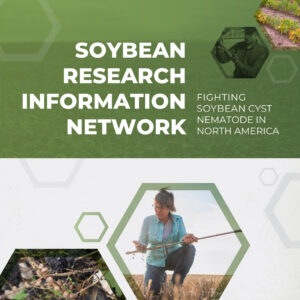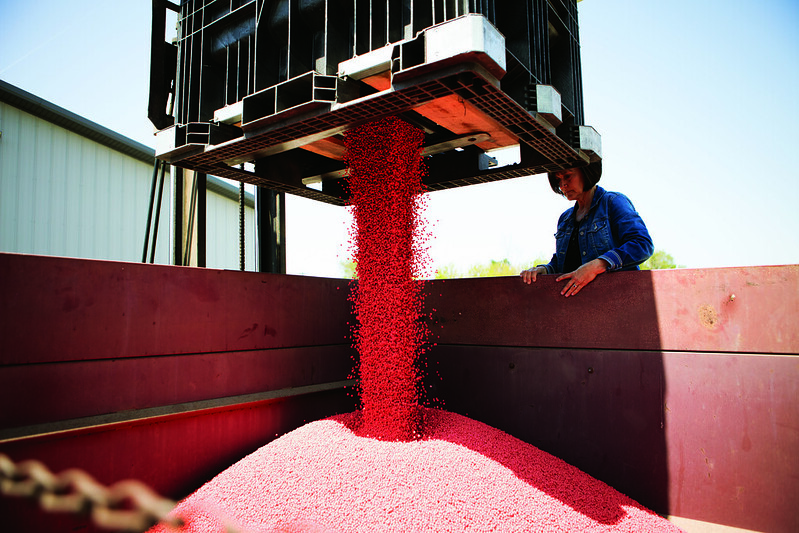Soybean cyst nematode, or SCN, was initially discovered in North America in 1954. Agronomists identified it on six farms in North Carolina. Today, SCN has become the top yield-robbing pest in soybeans. It is found in nearly every soybean growing county throughout the U.S. and Canada, except in West Virginia and Prince Edward Island, Canada.
However, improved genetics and management help famers fight this microscopic parasite that feeds on soybean roots. Farmer-funded research has played a critical role in developing tools to manage SCN, as detailed in a new publication, 70 Years of Progress: Fighting Soybean Cyst Nematode in North America. It includes an overview of the pest, how checkoff funds have been and continue to be invested, the national strategic SCN research plan, a timeline showing the spread of SCN alongside research to develop solutions, and more.
At national, regional and state levels, the soy checkoff has funded research trials, scientific papers and presentations about SCN, which have been instrumental in preventing higher yield losses and helping farmers raise soybeans profitably despite the threat.
Timeline Demonstrates Ongoing Progress
Though SCN has been in North America for at least 70 years, the story of the pest and its management solutions began decades earlier. A detailed timeline shows that USDA researchers collected a soybean variety with native resistance to SCN in 1906, before the pest was identified in Asia and soybeans became a common crop in North America.
The timeline explains how the foresight of farmers, agronomists and scientists developed a research infrastructure to tackle complex challenges. That preparation allowed research for SCN solutions to start and ramp up quickly as the threat became clear.
Soybean farmers and checkoff boards throughout the country understand that a challenge like SCN requires sustained commitments to and investments in basic and applied research. Starting in the 1990s, the national soy checkoff and the North Central Soybean Research Program, or NCSRP, built on past research efforts and provided a steady supply of funding for regional and national research on important soybean issues.
Farmers Invest in Solutions as SCN Adapts
In addition to the timeline, 70 Years of Progress highlights key milestones in basic and applied SCN research, including online links to examples. Checkoff investments in research frequently provide early discovery and proof of concept results and data. This necessary background research then attracts national competitive grant funding and private company investments into more studies.
That combines to make real progress against a pest that has proven almost impossible to eradicate. SCN populations are constantly being selected in the short-term and evolving in the long-term to overcome current resistant genes, chemical and biological treatments and cultural practices. Many characteristics contribute to the management challenges that SCN presents.
Because of the complexity and adaptability of SCN, more basic and applied research is required to continue reducing yield losses to this pest. Thanks to the long-term commitment of soybean farmers, much of this research is planned or underway.
For more information:
- 70 Years of Progress: Fighting Soybean Cyst Nematode in North America
- Soybean Cyst Nematode, https://soybeanresearchinfo.com/soybean-disease/soybean-cyst-nematode-scn/
- SCN articles and resources: see pages 20-23 in brochure for a detailed list
- The Silent Yield Stealer – Soybean Cyst Nematode Video



